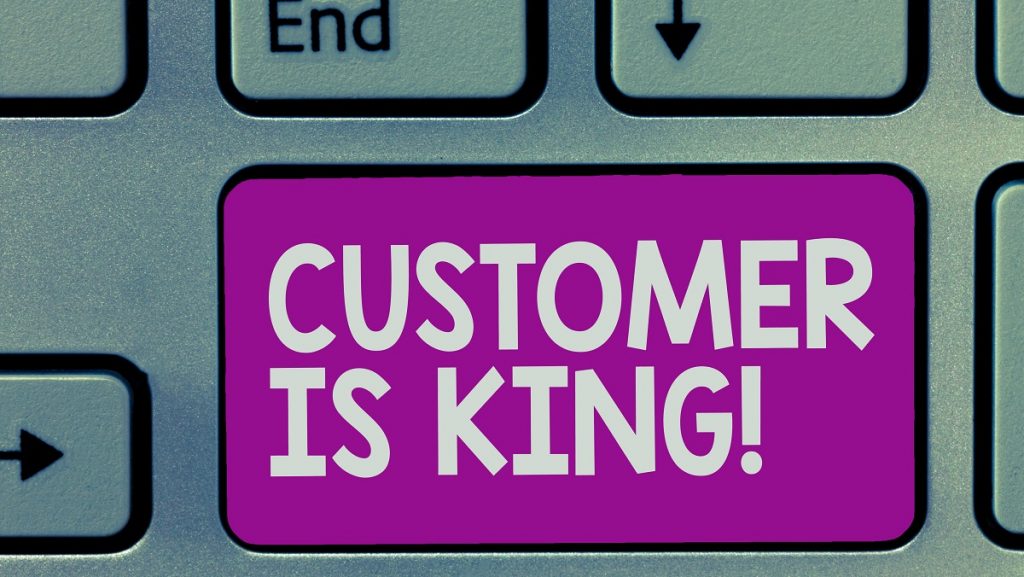Customer communication has changed immeasurably in the era of digital transformation. With more platforms to choose from, and an expectation of instant responses, customers are demanding a level of service that is challenging for many companies.
Most organisations are dealing with this in three ways, Steve Leeson, of Genesys, told a Business Reporter breakfast meeting at London’s Langham Hotel. He said that organisations are looking to gain efficiency by moving operations to the cloud, exploring options for omnichannel platforms, and working out how to get the most out of their data.
Attendees at the briefing – senior executives from a range of sectors – were all at various stages of transforming their contact centres. They discussed some of their priorities and approaches.
The customer is king
All attendees agreed that unless customers can communicate using their preferred method, they will go elsewhere. That’s true in a highly competitive sector such as retail but it’s even the case in sectors like financial services, where switching providers is now much more straightforward than it was. For many companies, that dictates an omnichannel approach; customers increasingly want to be able to contact a business on Facebook and then continue the conversation through another medium.
One attendee, from an investment bank, said that her call centre staff are trained to explain to customers how to complete simple tasks on the website – and even walk them through the process. Afterwards, they are often more likely to self-serve, rather than use the phone for every minor transaction.
It’s worth taking time to find out what customers want, one attendee said, because your assumptions might be wrong. That means gathering customer feedback as often as possible and involving customers in service design and development conversations, through focus groups or surveys.
Technology is just an enabler
More than a particular technology, attendees agreed that their priority is to identify the problem first. Too many businesses find a technology and then search for a problem to which it can be applied, which is counterproductive.
Cloud has its advantages, for example, but as one attendee, from a private healthcare company, said: “I really don’t care where it’s hosted, so long as it’s secure, controllable and compliant.” Another added: “The cloud does enable you to move more quickly, but it’s just an enabler. It won’t solve everything.”
Attendees felt the same way about automation. Most were using it in some way, such as to gather information before connecting a customer to a staff member or to route calls to a person the customer has spoken to before. However, one attendee said that she had seen many businesses that had automated a bad customer journey. It’s important to get the journey right before applying automation.
Running an efficient contact centre operation depends on data, attendees agreed. “There’s nothing worse than having the wrong data when a customer contacts you,” said one attendee.
Another delegate, from a major consumer bank, said that his company had collected information from its various legacy systems into a ‘data lake’ that allows contact centre staff to access all the relevant information on a customer, from across the business. Other attendees said they had adopted similar approaches.
A new range of platforms
Customers are no longer content just to contact businesses by phone or email. Increasingly they expect a response – and a very quick one – when they contact a business on Twitter or Facebook. Companies have to monitor these channels but be careful about what is discussed on a public platform.
All attendees said they have to monitor these channels and use various tools to manage their responses. For example, sorting incoming Tweets by the number of followers that a person has, so that tweeters with a large following can be dealt with before they create a public relations problem.
Keeping up with changes like the rise of social media is just one of the challenges companies face as they try to transform the contact centre. There’s also a danger of ‘transformation fatigue’ affecting the business, with staff members feeling that they have already digitised their work and don’t need to do anymore.
The companies with the most successful contact centres, one attendee said, are those where there is a head of customer experience who is empowered to truly shape the way customers are handled across the business. Whatever technological approach you take, however many platforms you are trying to cover, it seems that leadership and planning are the most important aspects of a successful project.
Find out how Blended AI will disrupt your Customer Service and Sales Strategy
For more information, visit genesys.com/en-gb




